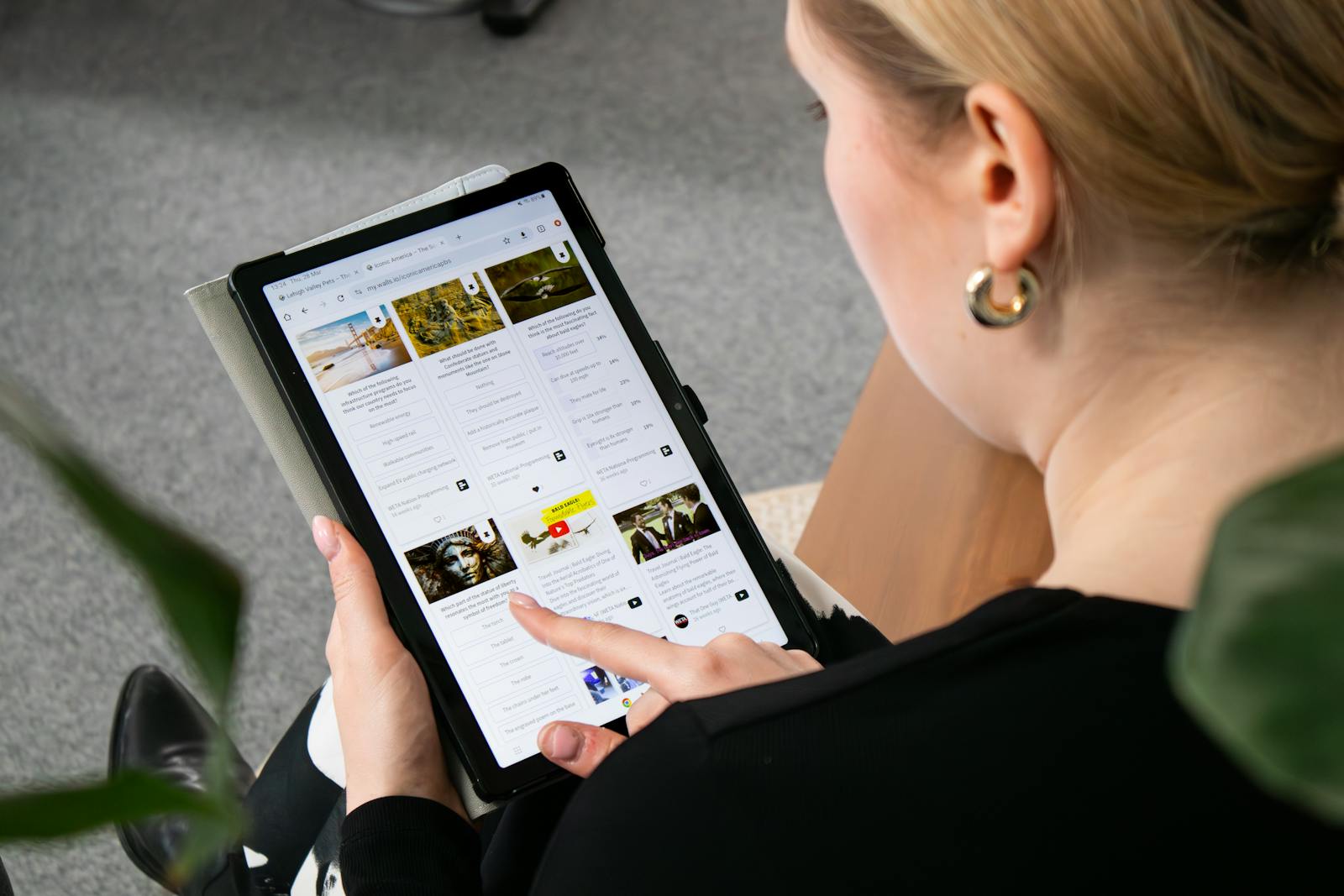A great title can make or break your content. You could have the best video, blog post, or social media post in the world—but if the title doesn’t grab attention, no one will click. The challenge? You need a compelling title that sparks curiosity, but without misleading your audience.
Clickbait—overpromising and underdelivering—might get you short-term views, but it damages trust in the long run. The key is to make titles that get clicks and deliver on their promise.
What’s Different About Titles That Get Clicks?
Before you can craft a great title, you need to understand why people click in the first place. Titles that perform well usually tap into one or more psychological triggers. Curiosity plays a huge role—if a title suggests something unknown, people naturally want to learn more.
Titles that promise a clear benefit are also powerful because people are always looking for ways to improve their lives, skills, or businesses. Emotion is another key factor. A title that evokes excitement, urgency, or even a little fear will almost always perform better than a neutral one.
Think of your title as an invitation. It’s not just a label for your content—it’s the first impression that determines whether someone engages or scrolls past.
Make a Bold Statement (But Back It Up)
One reason clickbait titles fail is that they make extreme claims without delivering any real value. Instead of exaggerating, focus on making a bold statement that your content can actually support.
For example, rather than saying, “This One Trick Will Make You a Millionaire Overnight!”, you could say, “The Smartest Way to Build Wealth Faster Than Most People”.
The second version still grabs attention, but it remains grounded in reality.
People appreciate confidence in a title, but they also expect honesty. If your title promises an exclusive strategy, make sure your content truly provides something unique.
If it hints at a shocking truth, ensure your article or video contains information that genuinely surprises the audience. The key is to create anticipation without setting the reader up for disappointment.
Use Power Words to Create Engagement
Certain words have a way of grabbing attention instantly. Words like secret, proven, surprising, hidden, and mistakes naturally spark curiosity because they suggest there’s something the audience doesn’t know yet. Personal words like you and your make titles feel more direct and engaging, while action words like boost, transform, and unlock create a sense of movement and progress.
For example, instead of saying, “Ways to Improve Your YouTube Videos,” a stronger title would be, “How to Instantly Transform Your YouTube Videos (Without Expensive Gear).” The second version feels more compelling because it uses action-driven and curiosity-inducing words.
Power words can be incredibly effective, but the trick is to use them naturally. If your title feels forced or overly dramatic, people may assume your content is exaggerated as well. The titles that get clicks will pull this off in a natural way.
The Art of Creating a Curiosity Gap
Curiosity is one of the most powerful motivators for clicking. The best titles hint at valuable information without giving everything away. If people feel like they have to know the answer, they’ll click just to satisfy their curiosity.
For example, instead of writing, “How I Lost 20 Pounds in 3 Months,” you could say, “I Changed This One Daily Habit and Lost 20 Pounds.” The second version sparks curiosity because the audience wants to know what that habit is. However, it’s important to strike a balance—if you make the title too vague, people may assume it’s just clickbait and ignore it.
A good curiosity-driven title gives just enough information to make the audience feel intrigued but not so much that they feel like they already know the answer.
Avoid Empty Clickbait—Always Deliver on Your Promise
Nothing kills credibility faster than misleading titles. If your content doesn’t deliver what the title promises, your audience will feel tricked, and they won’t return for more.
For example, if your title is, “You Won’t Believe What This Celebrity Said!” but the article is about a minor, uninteresting statement, people will be annoyed that they wasted their time.
A better approach would be, “This Celebrity Just Said Something That Has Everyone Talking.” It’s still intriguing but remains fair and accurate.
A good rule of thumb is to ask yourself before publishing: Does my content truly deliver on this title? If the answer is no, tweak the title to be more accurate rather than misleading your audience.
Keep Titles Clear, Concise, and Easy to Read
People don’t have time to decode long, complicated titles. If your title is too wordy or confusing, people will skip it in favor of something more direct. For example, instead of saying, “A Comprehensive Guide to the Various Ways You Can Save Money While Grocery Shopping,” a stronger, more clickable version would be, “10 Genius Grocery Hacks to Save More Money.”
Aim for brevity whenever possible. While there’s no strict word limit, titles with 10-12 words or fewer tend to perform best. If you can make your point in fewer words, do it.
Numbers and Lists: Why They Work So Well
Titles with numbers tend to perform well because they give readers a clear expectation of what they’ll get. A title like “7 Common Social Media Mistakes (And How to Fix Them)” is appealing because it promises a structured, easy-to-digest format. However, the key to using numbers effectively is making them feel meaningful.
If a title includes 19.5 Best Ways to Improve Your Life, it feels strange and unnatural. Stick to whole numbers, preferably lower ones, unless you have a very specific reason for using a large list.
In general, odd numbers tend to perform slightly better than even ones, as they feel more unexpected and intriguing.
Avoid ALL CAPS and Excessive Punctuation
While it might seem like using all caps and multiple exclamation points will grab attention, it usually backfires. Titles that look like they’re screaming at the audience feel spammy and desperate. Instead of writing, “YOU NEED TO SEE THIS!!!! 😱🔥”, a more professional and still engaging version would be, “Why This Editing Trick Is a Game Changer.”
Capitalizing one or two words for emphasis is fine, but overdoing it makes your title look untrustworthy. A well-crafted title should stand out because of its content, not because it’s visually overwhelming.
SEO and Algorithm-Friendly Titles
If you’re writing blog posts or creating YouTube videos, your title needs to be optimized for search engines and algorithms. This means including relevant keywords that people are actually searching for. Instead of titling a video “My Journey with Instagram,” a more search-friendly option would be “How to Grow on Instagram in 2024.”
That being said, avoid keyword stuffing. A title like “Best YouTube Video Editing Tips Hacks Tricks 2025” sounds robotic and unnatural. The goal is to balance SEO with readability—your title should be both search-friendly and appealing to human readers.
Final Thoughts: Clickable Titles Without Clickbait
Crafting highly clickable titles isn’t about tricking people—it’s about capturing their interest in a way that’s honest, clear, and compelling. Grab their attention, spark curiosity, and deliver with some value in your content. It all comes down to this: would you click the title?






